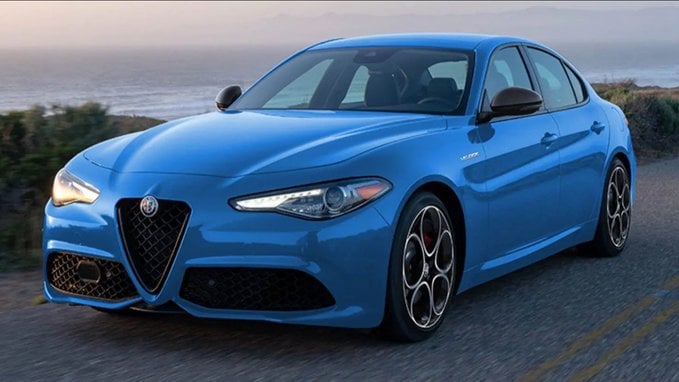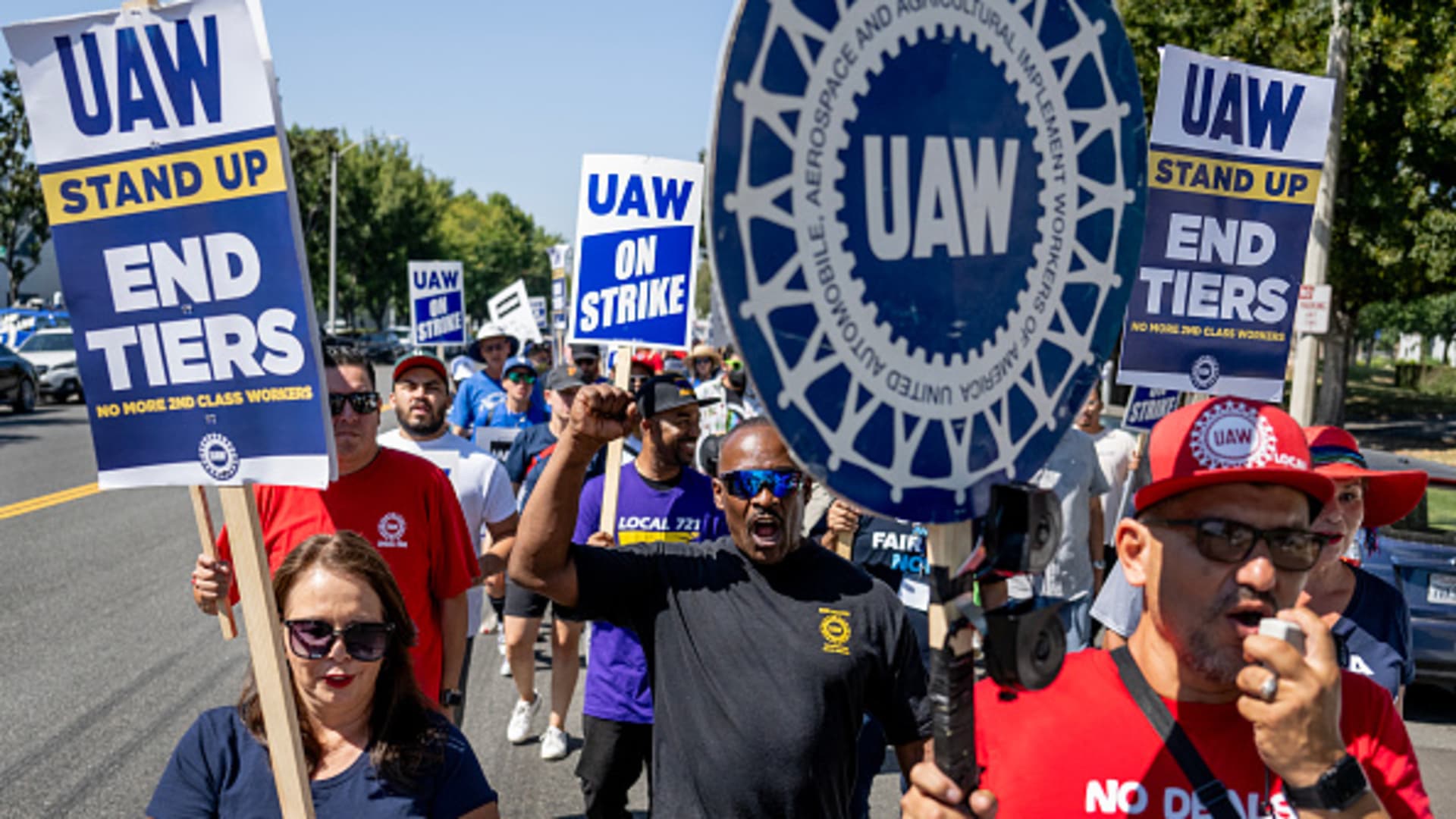The system allows volume automakers to offer contrasting roof colors without having to run a vehicle through the paint shop a second time.
Eliminating overspray also cuts the need to mask the body before painting the roof, which saves time.
Reger said energy costs are a third lower than those for a traditional atomizer system, which runs at high speed to push the air.
“We do not have this with PixelPaint, so energy consumption for the head itself is down,” he said.
Building or rebuilding paint shops is usually one of the most expensive parts of an auto assembly plant project. ABB said the new robots can be installed at the end of a traditional paint line without overhauling the paint shop.
Reger foresees PixelPaint first being used on vehicle roofs.
“Next will be the big surfaces, such as the hoods, the doors. And the third step is hopefully to paint 80 to 90 percent of the car body,”he said, adding that the tech won’t replace all paint robots. “You may still need one cell with an atomizer for painting the difficult edges, like the inside of the door.”
ABB is also working on a “high-transfer efficiency atomizer” for trickier surfaces. The aim is to reduce overspray to the point that, when combined with PixelPaint, automakers will be able to dramatically cut down on the ventilation and washer system that filters the paint waste.
The ability to apply customized artwork on a car’s body has appealed to luxury manufacturers.
https://www.autonews.com/suppliers/abb-develops-robots-precisely-paint-cars-inkjet ABB develops robots to precisely paint cars via inkjet







